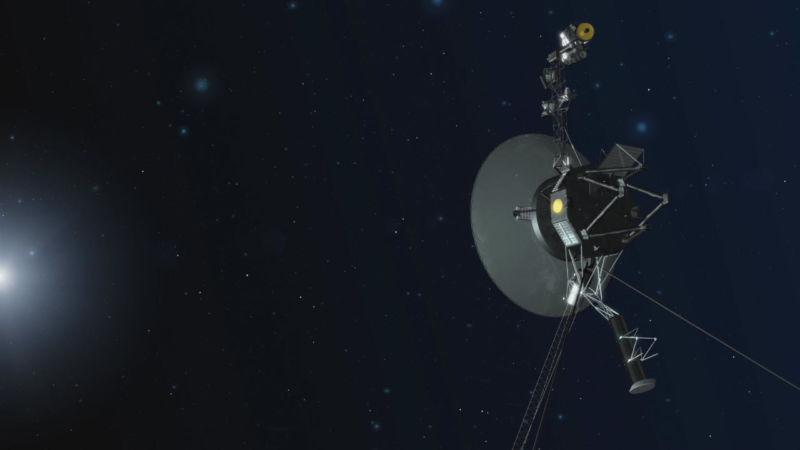A bonanza of data from the second Voyager to reach the Solar System’s edge

Enlarge / An artist's interpretation of Voyager 2, pointed to transmit data to Earth. (credit: NASA/JPL-Caltech)
People probably suspect that having no data is the worst frustration for scientists. In reality, having just a single source of data can be worse, since you don't know how typical that lone example might be. But the worst situation is to have two sources of data that don't entirely agree, leaving you with the challenge of trying to determine what causes the differences.
That situation is where the scientists who work with data from NASA's Voyager probes find themselves in the wake of Voyager 2 reaching interstellar space last year, making it the second spacecraft we've built that has made it there. Now, in a series of five papers, researchers have attempted to compare or contrast the data from the two Voyagers and try to make sense of the contradictions, knowing that we've got nothing built that's going to get new data from that distance any time soon.
At the edge of the Solar SystemThe Sun's gravitational influence extends out to the edge of the Oort cloud, over three light years from the Sun. But the Sun influences its environment in ways that go beyond simple gravity. It generates an enormous magnetic field that extends well beyond the planets and emits a stream of charged particles that stream out toward interstellar space. These influences are limited by the influence of our galaxy, which has its own magnetic field and an interstellar medium full of its own charged particles.
Read 13 remaining paragraphs | Comments